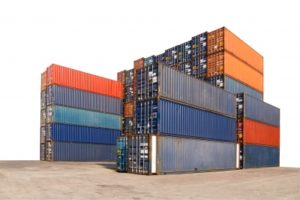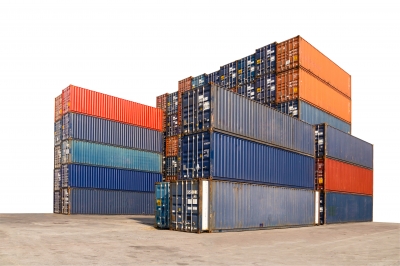 The global economic slowdown continued to put a strain on Philippine merchandise exports, which declined 4.5% in February 2016, according to the National Economic and Development Authority (NEDA).
The global economic slowdown continued to put a strain on Philippine merchandise exports, which declined 4.5% in February 2016, according to the National Economic and Development Authority (NEDA).
The Philippine Statistics Authority reported that total export earnings reached US$4.3 billion in February 2016, down from $4.5 billion in the same month last year, due to a decrease in sales for all commodity groups.
“The export performance of most of the trade-oriented economies in East and Southeast Asia continues to reel from weak global demand that is largely influenced by the global economic slowdown,” Socioeconomic Planning Secretary Emmanuel F. Esguerra said in a statement.
“For the Philippines, we see this continuing only within the near term but it remains important for us to set up short-term measures that will support some of our export products,” Esguerra, who is also NEDA director-general, added.
Only Vietnam and Thailand posted positive export gains, while China recorded the steepest decline during the period, recorded at 25.3%, NEDA noted.
“As softer external demand is expected over the near term, the Philippines should at least aim for a 5.4 percent growth in merchandise exports, which is the low-end projection of the Export Development Council,” Esguerra stated.
Short-term measures may include providing government support to export products for which demand is growing faster and in which the Philippines has an increasing market share, he added.
By segment, revenues from manufactured products dropped slightly, down 2% to reach $3.7 billion from $3.8 billion in February 2015.
“The drop in exports of manufactured goods reflected the general slowdown experienced by the manufacturing sector around the world. But it is worth noting that overseas sales of our electronic products posted its ninth consecutive month of positive growth,” Esguerra said.
Electronic products comprised 49.4% of total merchandise exports for the period.
For agro-based products, total sales receipts also fell, contracting 5.8% to $307.9 million in February 2016 year-on-year on lower sales of coconut products and other agro-based products.
As for mineral products, outbound sales took a 32.5% dive to $172.6 million due to lower exports of all segments except for copper concentrates.
Outward shipments of petroleum products also contracted 60.5% to $6.1 million due to persistently low global oil prices.
“While current global growth conditions remain tilted to the downside and will continue to affect exports in the short term, the Philippines must take advantage of the opportunity presented by an expected improvement in the economic growth of the ASEAN (Association of Southeast Asian Nations) region,” the NEDA chief noted.
Esguerra added that GDP growth in India and the ASEAN region is expected to pick up, which will help balance the slowdown in China. In particular, the ramping up of investments in Indonesia and the Philippines, Vietnam’s continued expansion, and Thailand’s recovery from a slump experienced in 2014 will prop up growth in ASEAN to 4.5% this year, higher than the 4.4% growth estimated in 2015.
“This provides an opportunity for the Philippines to expand its export market in the region. And it is important to ensure that Philippine products conform to export standards so as not to lose market share,” he said.
Image courtesy of satit_srihin at FreeDigitalPhotos.net





